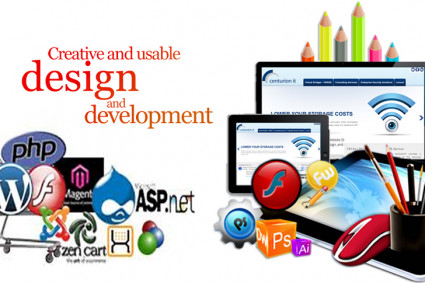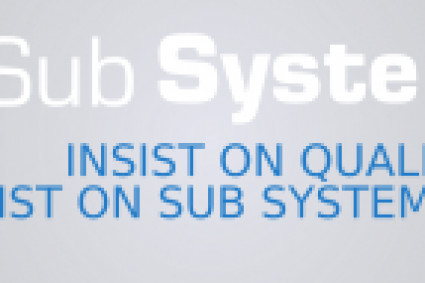In the dynamic landscape of software development, ensuring the security of sensitive information is paramount. The International Organization for Standardization (ISO) recognizes the significance of robust information security management systems (ISMS) and has formulated ISO 27001 to address this need. This article explores the integration of ISO 27001 in the Software Development Life Cycle (SDLC), providing insights into its implementation to fortify the security posture of software projects.
Understanding ISO 27001 Implementation
ISO 27001, a globally recognized standard for information security management, sets the framework for establishing, implementing, maintaining, and continually improving an ISMS. Its principles are particularly pertinent to the software development domain, where data integrity, confidentiality, and availability are critical.
Initiating ISO 27001 in SDLC
1. Risk Assessment and Management
The first step in ISO 27001 implementation involves a comprehensive risk assessment. Identify potential threats, vulnerabilities, and their impacts on software development. Subsequently, implement risk mitigation strategies to minimize the likelihood of security breaches.
2. Policy Development
Establishing a robust information security policy is fundamental. Clearly define the rules and guidelines for safeguarding information assets throughout the SDLC. This policy serves as a blueprint for the secure development and deployment of software applications.
Integrating ISO 27001 Across SDLC Phases
1. Planning Phase
During project planning, conduct a thorough security review. Define security requirements and integrate them into project specifications. Identify security controls that align with ISO 27001 standards and establish protocols for ongoing monitoring.
2. Development Phase
Incorporate security measures directly into the coding process. Ensure that developers adhere to secure coding practices and conduct regular code reviews. Implement access controls to restrict unauthorized access to sensitive data and enforce encryption protocols for data in transit and at rest.
3. Testing Phase
Perform thorough security evaluations, encompassing penetration testing and vulnerability assessments. Evaluate the effectiveness of implemented security controls and address any identified vulnerabilities promptly. Testing should align with ISO 27001 guidelines, providing a robust assessment of the software's security posture.
4. Deployment Phase
Before deploying software, conduct a final security assessment. Ensure that all security controls are functioning as intended. Employ a secure deployment process to minimize the risk of security breaches during the software rollout.
Continuous Monitoring and Improvement
ISO 27001 emphasizes the importance of continual improvement. Implement mechanisms for ongoing monitoring of security controls and regularly assess the ISMS's effectiveness. Stay informed about emerging threats and update security measures accordingly. Periodic audits and reviews ensure that the software development process remains in alignment with ISO 27001 standards.
Benefits of ISO 27001 Implementation in SDLC
1. Enhanced Security Posture
By integrating ISO 27001, software development teams can significantly enhance their security posture. This proactive approach safeguards against potential vulnerabilities and reinforces the overall resilience of the software.
2. Regulatory Compliance
ISO 27001 implementation facilitates compliance with various regulatory requirements. This is crucial in industries where adherence to data protection and privacy regulations is mandatory.
3. Customer Trust and Confidence
Clients and end-users are increasingly concerned about the security of the software they use. ISO 27001 certification instills confidence by demonstrating a commitment to robust information security practices.
Conclusion
Incorporating ISO 27001 in the Software Development Life Cycle is a strategic move toward fortifying the security of information assets. From risk assessment to continuous improvement, the standard provides a comprehensive framework that aligns seamlessly with the dynamic nature of software development. By embracing ISO 27001, development teams not only enhance their security posture but also establish a foundation of trust and confidence with stakeholders. Emphasizing security throughout the SDLC ensures that software is not only functional and innovative but also resilient in the face of evolving cyber threats.





